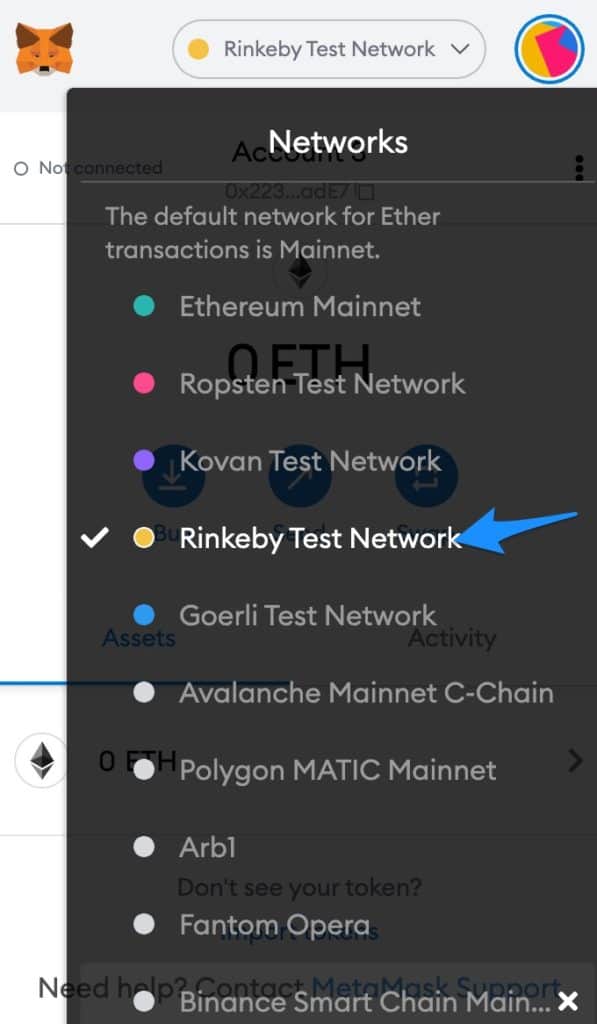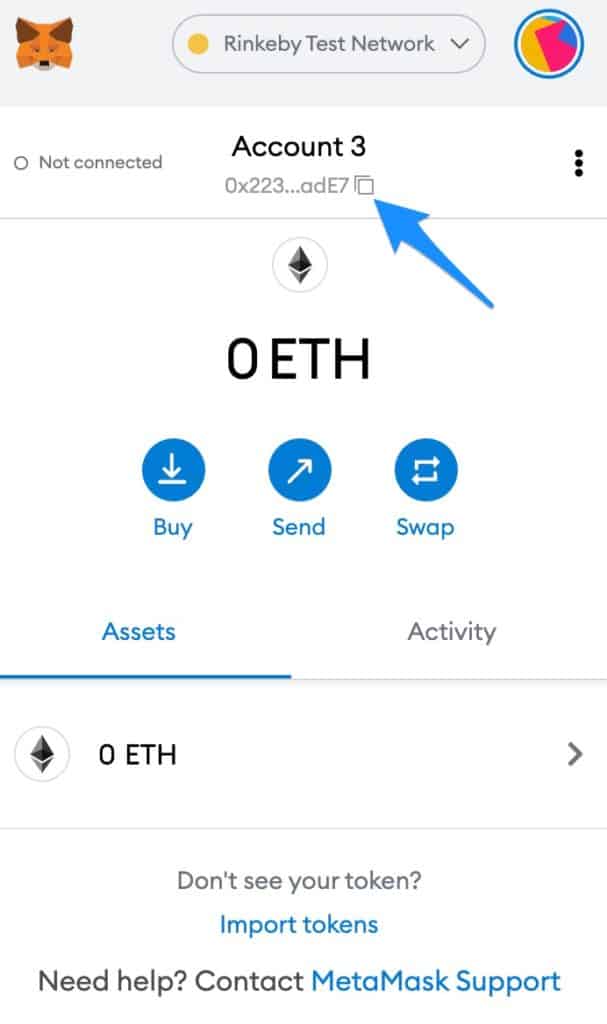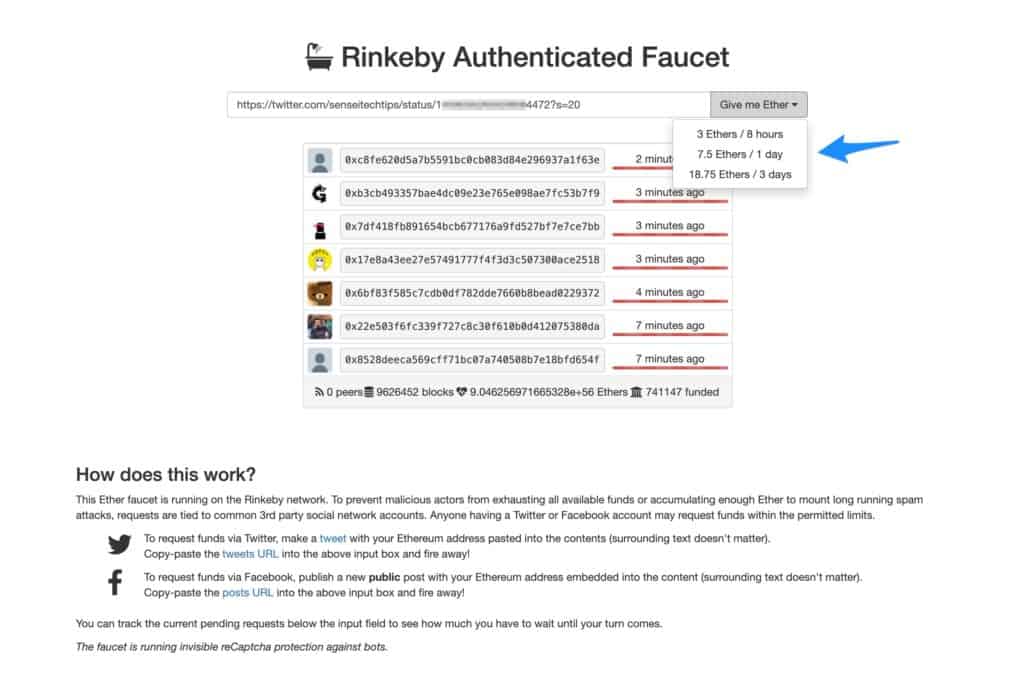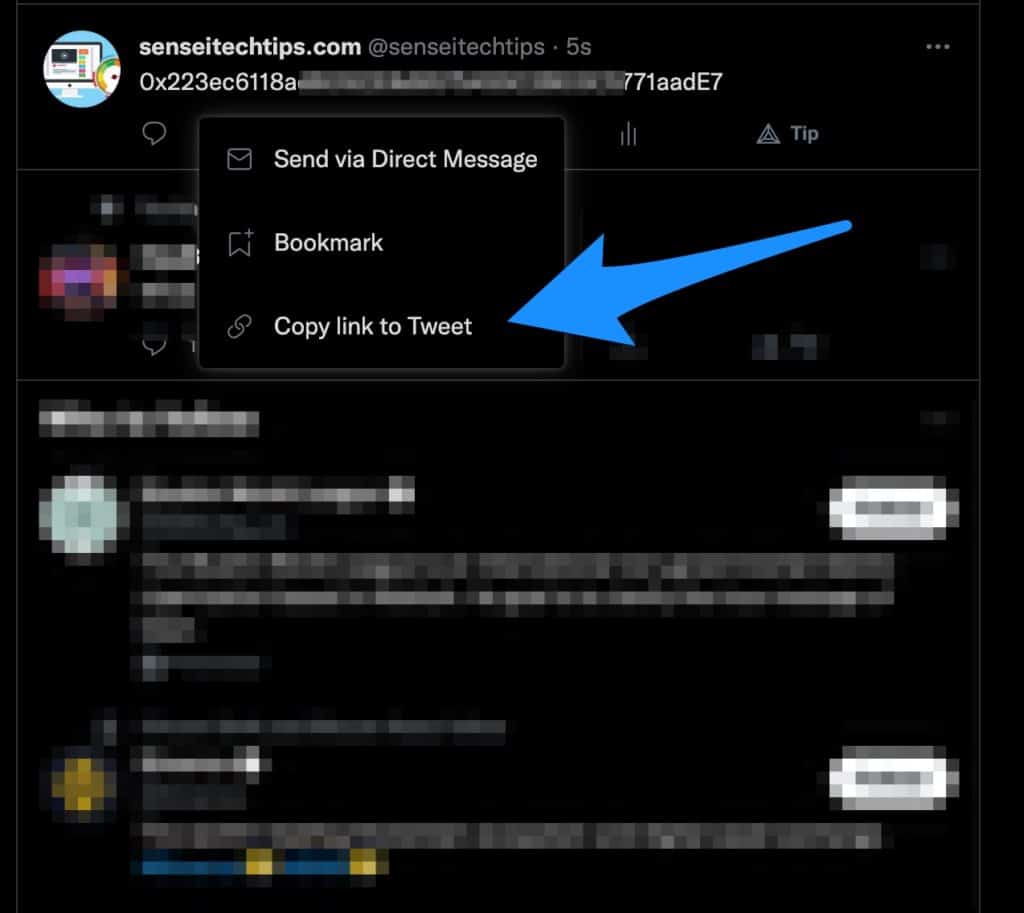Table of contents
This blog post will show you how to add ETH for testing in rinkeby test network. Note that you must have either an active Twitter or Facebook accounts in order to use this faucet.
What is Rinkeby Test Network?
The Rinkeby Test Network is a proof-of-concept, open-source blockchain developed specifically to provide a test environment for smart contracts and Dapps. It was introduced in April of 2017, after Ethereum’s Mainnet.
It is sponsored by the Ethereum Foundation and can be used to explore thoroughly before deciding on a more permanent blockchain solution. The code is available on GitHub under GNU General Public License v3.
Rinkeby is found by default on the Metamask browser and is forked from the latest version. Users can connect to Rinkeby by using any Ethereum client that supports the Rinkeby Network configuration or by using a web wallet such as MetaMask, which supports connecting to the test network automatically. As an added security measure, Metamask transactions will require manual confirmation before they can be accepted onto the blockchain.
a) Switch to the Rinkeby Network on MetaMask
Step I

1) Click on MetaMask and click on Rinkeby Test Network
b) Sending ETH from test faucet to Rinkeby Test Network
Step I

Select and copy the address which you will send ETH to by navigating on Your preffered Account
Click on the copy icon as shown in order to copy that address (Note we have 0 ETH) at the moment in our account.
Step II

Navigate to the Rinkeby Test Network ETH test faucet at: https://faucet.rinkeby.io/
Paste the copied address in Step II and after clicking the dropdown “give me Ether” – click on the Ether duration – Note you cannot request for more Ether if the selected duration has not passed.
How do you make the Tweet?

- Here is a quick example of how to make a tweet as per the guidelines on rinkeby test network faucet!
- Make sure you have pasted the right address on your tweet!
Finally!
Let’s confirm we got ETH on our Rinkeby Test Network.
Check your account and see that the ETH balance should have been reflected!
Read an interesting article on Proof of Work and Cryptographic Hashes.

